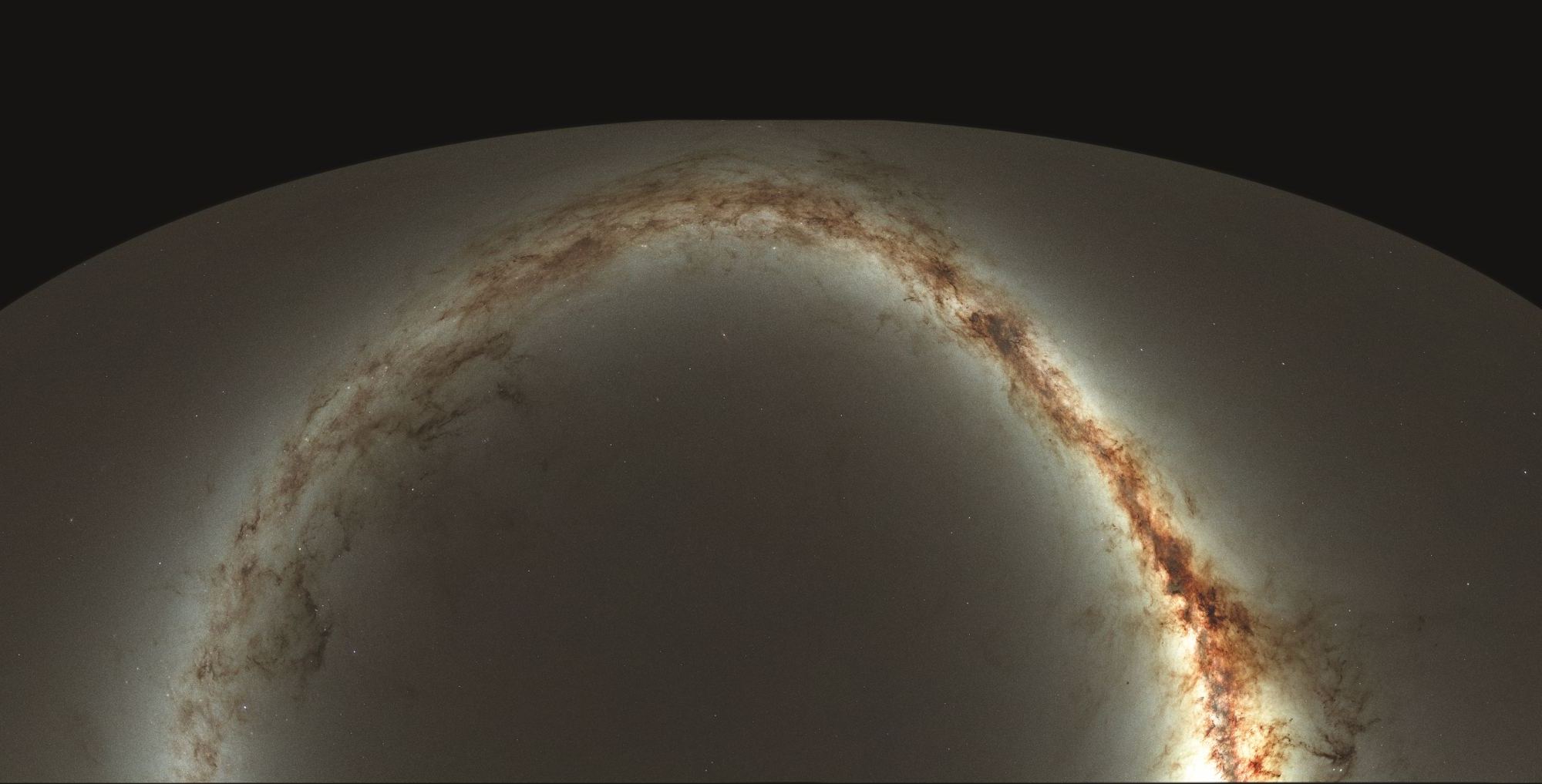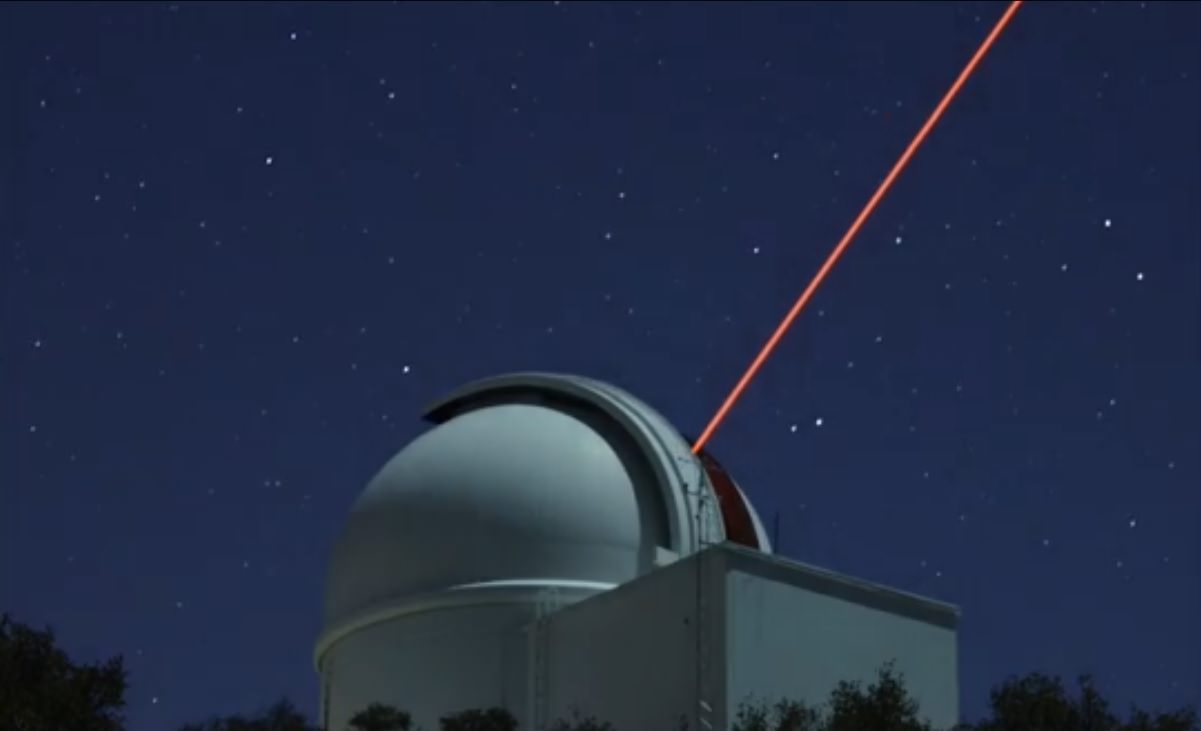Atop the summit of Haleakala on the Hawaiian island of Maui sits the Panoramic Survey Telescope and Rapid Response System, or Pan-STARRS1 (PS1). As part of the Haleakala Observatory overseen by the University of Hawaii, Pan-STARRS1 relies on a system of cameras, telescopes, and a computing facility to conduct an optical imaging survey of the sky, as well as astrometry and photometry of know objects.
In 2018, the University of Hawaii at Manoa’s Institute for Astronomy (IfA) released the PS1 3pi survey, the world’s largest digital sky survey that spanned three-quarters of the sky and encompassed 3 billion objects. And now, a team of astronomers from the IfA have used this data to create the Pan-STARRS1 Source Types and Redshifts with Machine Learning (PS1-STRM), the world’s largest three-dimensional astronomical catalog.
Continue reading “The Most Comprehensive 3D Map of Galaxies Has Been Released”

